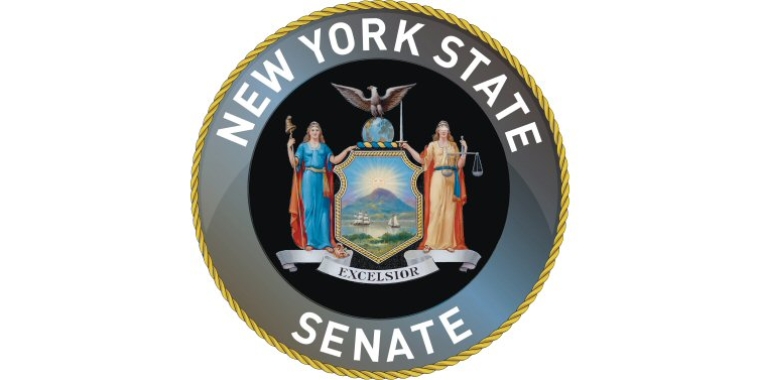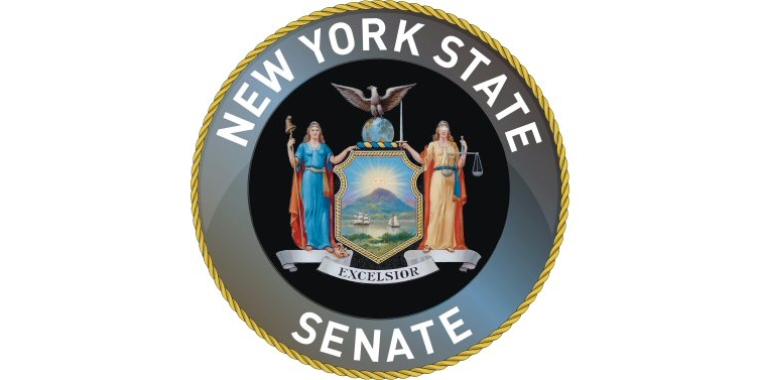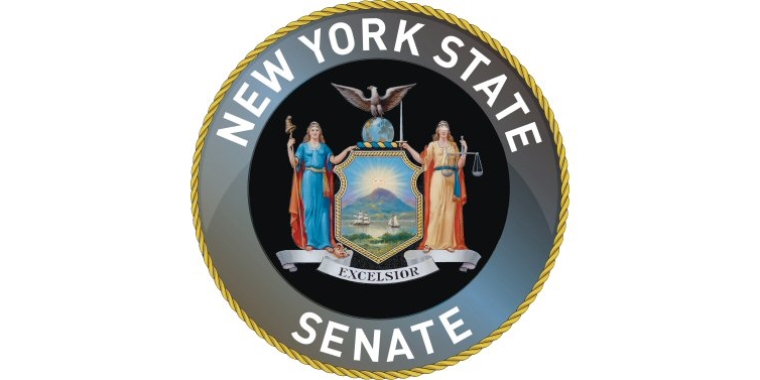
NYSDOT Temporary Removal of “X-Lite” Guardrail Device From Approved Products List Positive, But More Needs To Be Done
May 5, 2017
“It is a major step in the right direction that the State Department of Transportation has removed the ‘X-Lite’ guardrail system from the list of approved products for use along New York’s roadways. Nevertheless, I am forging ahead with my legislation to permanently ban ‘X-Lite,’ and similarly designed products, from use in New York State and requiring that any existing defective systems be replaced immediately. When I spoke with Stephen Eimers earlier this week, he expressed frustration that the unsafe guardrails remain approved for use in New York State and I assured him that we are continuing the fight so that other families do not experience the same type of heartbreaking tragedy that befell his daughter, Hannah,” said Senator Catharine Young.
“Banning the use of this design will improve safety while honoring Hannah’s memory. If a product has known deficiencies, we should take action to replace it and make sure municipalities and the state do not continue investing in the technology. I have requested that DOT compile a comprehensive inventory of the amount and locations where ‘X-Lite,’ and similarly designed systems, have been installed and I will be passing my bill to take corrective action,” Senator Young said.
Senator Young has introduced legislation, Senate Bill 5427, which would remove “X-Lite” guardrail products from the list of eligible types of materials used for guardrails in New York State, ban “X-Lite” and similarly designed products from being installed in the future, and requires that any existing “X-Lite” guardrail products be replaced. The bill advanced out of the Senate’s Transportation Committee this week. Senator Young has also authored a letter to the State Department of Transportation requesting information on the number of “X-Lite” guardrails in use and their locations throughout the state.
Hannah Eimers, a 17-year-old teen originally from Fredonia, was killed in a November 2016 traffic accident in Tennessee when her vehicle left Interstate 75, crossed into the median and struck the guardrail end terminal. Instead of re-directing the car, the mechanism penetrated the driver’s seat area, killing Hannah instantly.
Since Hannah’s tragic accident, her father, Stephen Eimers, has become an outspoken advocate for the removal of “X-Lite” guardrails, the system responsible for Hannah’s death. The “X-Lite,” and similarly designed devices, have been responsible for at least seven other deaths around the nation, according to recent news reports.
In another incident, George Jansen, a motorist from Kansas was driving to a work meeting in Cincinnati, Ohio, last February when his Chevy Silverado left Interstate 70 in rural Missouri for unknown reasons. His vehicle struck an “X-Lite” guardrail end terminal, which pierced the cab, impaling and killing Jansen. Despite hitting the device, the truck continued for another 168 feet before coming to a stop.
Just two weeks prior to Hannah Eimers’ accident, the Tennessee Department of Transportation (TDOT) had decided to stop contracting for the “X-Lite” guardrails. Since the time of the crash, TDOT has moved forward with contracting for the removal of a majority of the same guardrails that are currently in place. TDOT Commissioner John Schroer authored a letter to Federal Highway Administration (FHWA) on April 4, 2017, notifying the department of the state’s inability to receive satisfactory installation information from the manufacturer and that the device is resulting in unacceptable safety levels.
Earlier this year, the Virginia Department of Transportation (VDOT) also began the process of removing and replacing guardrail end terminals with similar designs and materials to the “X-Lite” system involved in Hannah Eimers’ case. The department took action amid concerns the products might fail in a head on crash. According to media reports, VDOT acted after concerns about design flaws were raised and they performed their own internal investigations, which found unsatisfactory results.
###
related legislation
Share this Article or Press Release
Newsroom
Go to NewsroomStatement from NYS Senator Catharine M. Young (R,C,I-57th District)
February 28, 2019
Town of Mansfield Slated to Receive $300,000 State Grant
February 27, 2019

Senator Young Secures $125,000 for Town of Ripley
February 27, 2019

